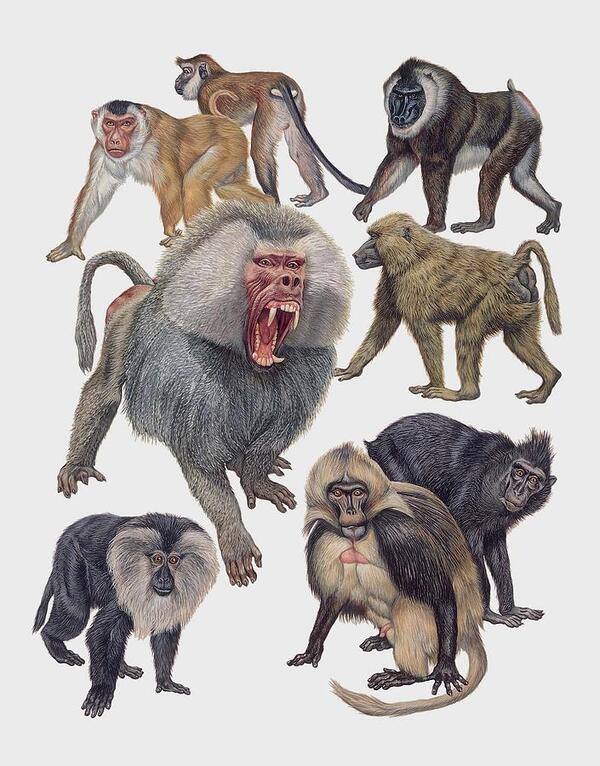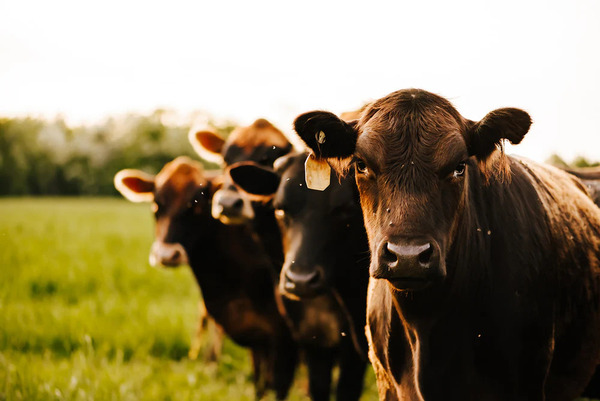When it comes to understanding human anatomy, particularly the cardiovascular system, researchers often look to the animal kingdom for insights. Among various animals, certain species possess hearts that share similarities with the human heart, providing valuable information about our own physiology. This article explores which animal's heart is most similar to a human's, the reasons behind these similarities, and what we can learn from them.
Pigs are widely recognized as having the heart most similar to that of humans. This similarity has significant implications for medical research, particularly in the fields of transplantation and surgical procedures.
Size and Shape: The size and shape of a pig's heart closely resemble that of a human heart. Both hearts are roughly the same size, making pigs an ideal model for studying human cardiac function.
Chamber Structure: Both pig and human hearts have four chambers: two atria and two ventricles. This four-chambered design is essential for efficient blood circulation and reflects a similar pattern of blood flow.
Valves: The heart valves of pigs are structurally and functionally similar to those in humans. This includes the mitral valve, aortic valve, and pulmonary valve, which all play crucial roles in directing blood flow.
Cardiac Function: The heart rates of pigs and humans are comparable, with pigs typically having a resting heart rate of about 70 to 80 beats per minute, similar to humans.
Response to Stress: Research has shown that pig hearts respond to stress and physiological changes in ways that mirror human responses, making them valuable for studying heart disease and related conditions.

Pigs and humans share a significant amount of genetic material, which is one reason for the similarities in heart structure and function. Both species are mammals and have evolved similar cardiovascular systems to meet their metabolic demands.
Due to these anatomical and physiological similarities, pigs have become important in medical research. Their hearts are often used in studies aimed at improving heart surgery techniques, developing new cardiac medications, and even in xenotransplantation, where animal organs are considered for transplant into humans.
The use of pigs in research raises ethical questions, particularly concerning animal welfare. Researchers must navigate these concerns while balancing the benefits of advancing medical science. Many institutions adhere to strict guidelines to ensure the humane treatment of pigs used in research.
While pigs are the closest, other animals also exhibit some heart similarities with humans.
Certain primates, such as chimpanzees and monkeys, share similar cardiac structures and functions with humans. Their hearts are comparable in size, making them useful in biomedical research, although ethical considerations are even more pronounced with these species.

Dogs also have four-chambered hearts that are structurally similar to human hearts. Their cardiovascular diseases often resemble those in humans, making them good candidates for studying heart conditions.

The hearts of cows, like those of pigs, are four-chambered and exhibit some similarities in structure. However, their larger size makes them less ideal for certain types of human research.

The study of animal hearts, particularly those of pigs, offers valuable insights into human cardiac health. Researchers can:
Develop New Treatments: Understanding how pig hearts function can help in creating better treatments for heart disease.
Improve Surgical Techniques: Insights gained from studying pig hearts can lead to advancements in heart surgery methods.
Advance Transplant Science: Pigs may play a crucial role in developing xenotransplantation methods, which could alleviate organ shortages for human patients.
Pigs hold the title for having the heart most similar to humans, making them invaluable in medical research. Their anatomical and physiological similarities enable scientists to gain insights into human heart function, improving our understanding of cardiac health and disease. As research continues to evolve, the lessons learned from pig hearts may lead to groundbreaking advances in treating heart conditions and enhancing the quality of life for many individuals. Understanding these similarities not only underscores the interconnectedness of life but also highlights the potential for animal models in advancing human medicine.
animal tags: hearts
We created this article in conjunction with AI technology, then made sure it was fact-checked and edited by a Animals Top editor.